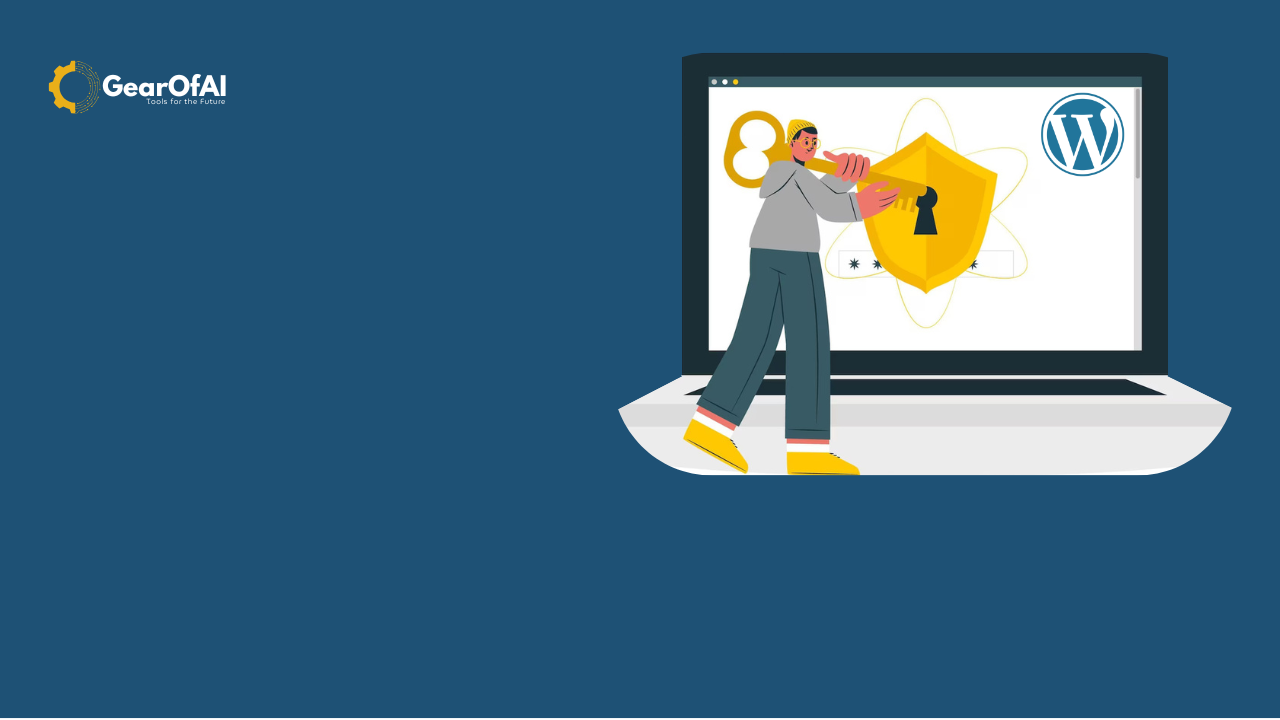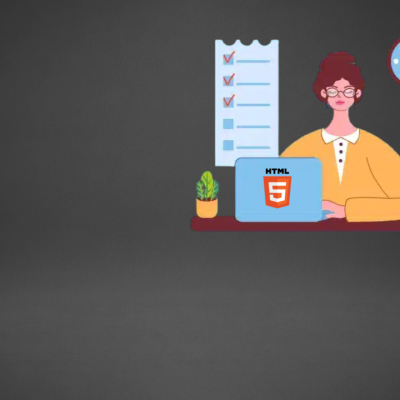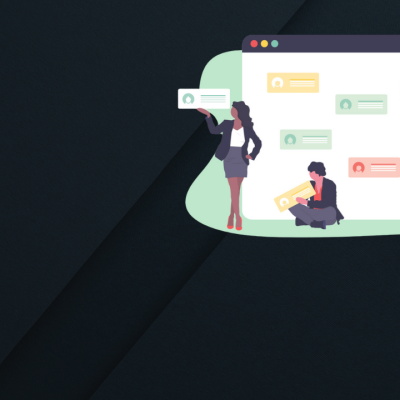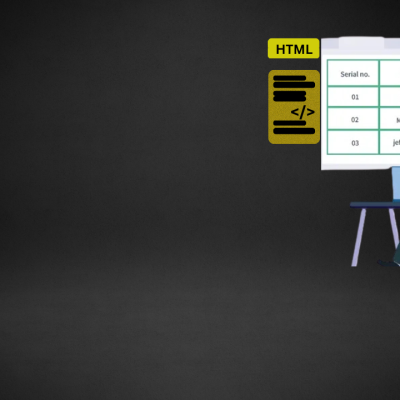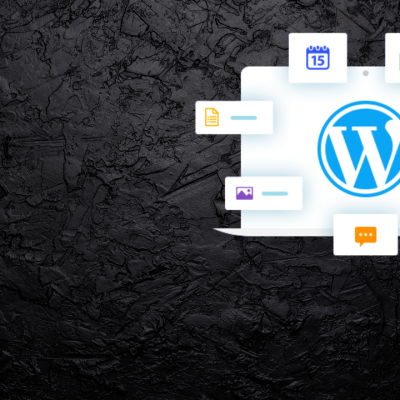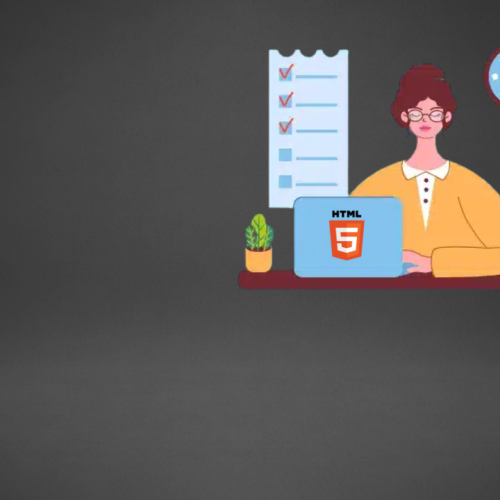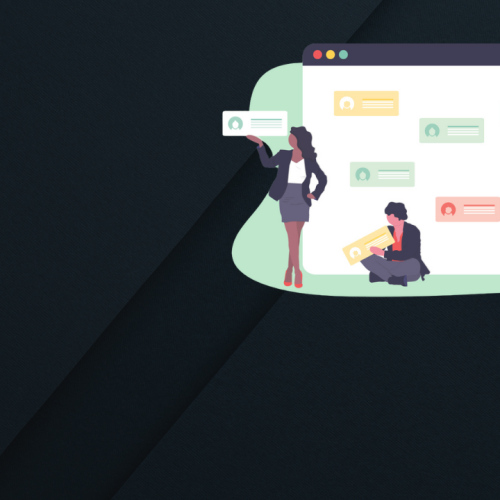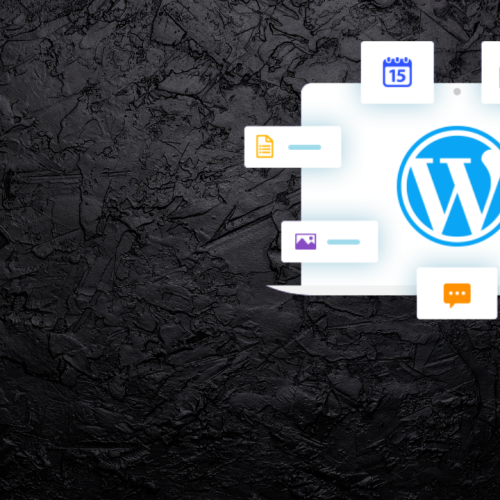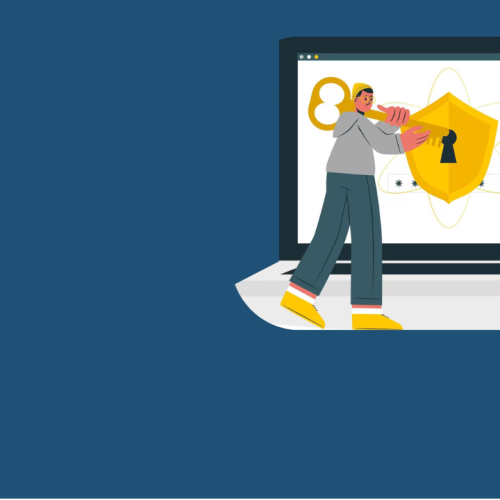Table of Contents
Introduction:
How to Secure Your WordPress Site from Hackers: WordPress is powerful and flexible, but its popularity makes it a common target for attackers. If you run a site, you must take practical steps to protect it. This guide explains, step by step, how to secure your WordPress site from hackers using proven methods, simple code snippets, recommended plugins, and real world best practices.
1. Keep WordPress core, themes, and plugins updated
One of the easiest and most effective ways to secure a WordPress site is to keep everything updated. Updates often include security patches for known vulnerabilities.
- Update WordPress core immediately when a stable release appears.
- Update themes and plugins from trusted sources.
- Remove unused themes and plugins.
If you use SSH and WP-CLI, update quickly from terminal:
# Update core
wp core update
# Update plugins
wp plugin update --all
# Update themes
wp theme update --all
Keeping software current greatly reduces the attack surface and is a key step in how to secure your WordPress site from hackers.

2. Use strong admin credentials and change default usernames
Default usernames like admin are easy to guess. Use a unique administrator username and a strong password.
- Choose a username that is not publicly visible.
- Use passwords with length and complexity or use a password manager.
- Avoid passwords that reuse other accounts.
You can create a new admin user and remove the old one from the dashboard, or run this WP-CLI command:
# Create new admin user
wp user create newadmin admin@example.com --role=administrator --user_pass=StrongP@ssw0rd123
This is a fundamental step in how to secure your WordPress site from hackers.

3. Enforce two factor authentication
Two factor authentication, 2FA, stops attackers even if they obtain a password.
Recommended plugins:
- Wordfence (has 2FA option)
- Two Factor Authentication plugin by Plugin Contributors
- Google Authenticator compatible plugins
After installing, require 2FA for all admin accounts. 2FA is one of the strongest defenses when learning how to secure your WordPress site from hackers.
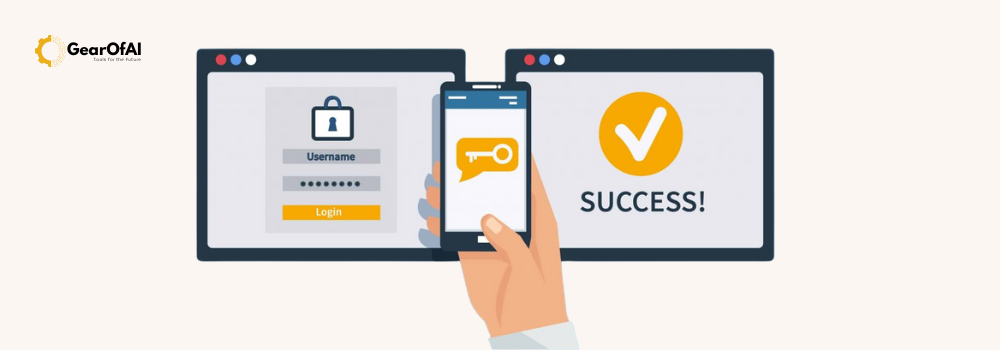
4. Limit login attempts and block brute force attacks
Attackers try many passwords automatically. Limit login attempts and add blocks.
Plugin options:
- Limit Login Attempts Reloaded
- Loginizer
- Wordfence (includes rate limiting)
Set these rules:
- Lock out IP after 3 to 5 failed attempts.
- Temporarily block repeat offenders for hours or days.
- Use CAPTCHA or reCAPTCHA for the login form.
This defense significantly reduces brute force risk as part of how to secure your WordPress site from hackers.
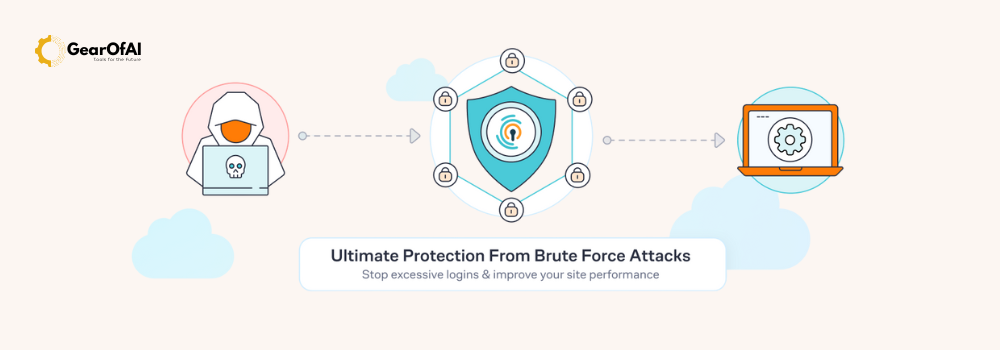
5. Move wp-login and protect the admin area
Make your admin URL less obvious and restrict access to wp-admin.
- Change login URL using plugins like WPS Hide Login.
- Allow only specific IPs to access admin area using .htaccess (for non-dynamic IPs):
# Restrict wp-admin to specific IPs
<IfModule mod_rewrite.c>
RewriteEngine On
RewriteCond %{REQUEST_URI} ^(.*)?wp-admin$
RewriteCond %{REMOTE_ADDR} !^123\.45\.67\.89$
RewriteRule ^(.*)$ - [R=403,L]
</IfModule>
- Use HTTP authentication for wp-admin or wp-login.php to add an extra layer.
These steps make it harder for attackers to find and target the login endpoints and are part of how to secure your WordPress site from hackers.
6. Use SSL and force HTTPS sitewide
Encrypt traffic with an SSL certificate. Most hosts offer free certificates via Let’s Encrypt.
Add to your wp-config.php to force SSL for admin:
define('FORCE_SSL_ADMIN', true);
Also configure redirects in .htaccess:
RewriteEngine On
RewriteCond %{HTTPS} off
RewriteRule ^(.*)$ https://%{HTTP_HOST}%{REQUEST_URI} [L,R=301]
HTTPS protects session cookies and credentials which is essential to how to secure your WordPress site from hackers.
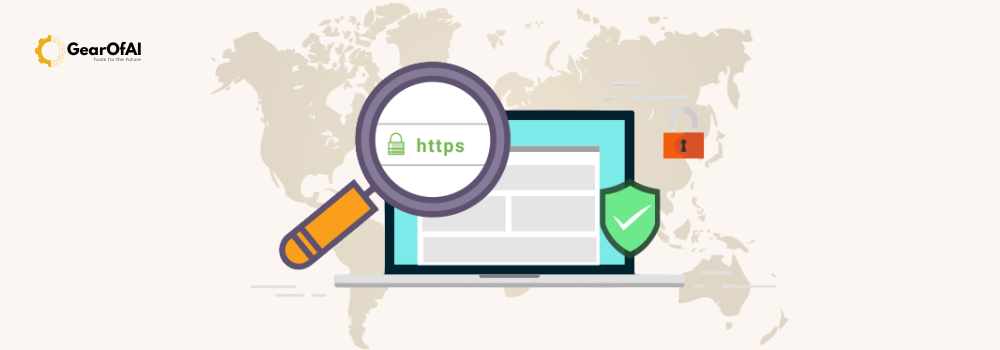
7. Harden wp-config.php and file permissions
Protect sensitive files and set correct permissions.
- Move
wp-config.phpone directory up if your host supports it. - Add this to
.htaccessto protectwp-config.php:
<Files wp-config.php>
order allow,deny
deny from all
</Files>
- Set file permissions:
- Directories:
755 - Files:
644 wp-config.phpcan be600if server allows.
- Directories:
Correct permissions prevent file tampering which is a crucial part of how to secure your WordPress site from hackers.
8. Disable file editing in the dashboard
Disable the built-in editor so attackers cannot modify theme or plugin files via wp-admin.
Add to wp-config.php:
define('DISALLOW_FILE_EDIT', true);
This stops malicious edits if the admin account is ever compromised.
9. Disable XML-RPC or limit it
XML-RPC can be abused for brute force or DDoS. If you do not need it, disable it.
Add to functions.php or use a security plugin:
add_filter('xmlrpc_enabled', '__return_false');Use this plugin
“Disable XML-RPC Pingback”

If you need XML-RPC for legitimate reasons, use rate limiting at the server or plugin level.
10. Use a Web Application Firewall and security plugin
A WAF blocks malicious traffic before it reaches WordPress.
- Cloud WAFs: Cloudflare, Sucuri, StackPath.
- Plugin WAFs & scanners: Wordfence, Sucuri Security.
Install a well-known security plugin to scan for malware, set firewall rules, and harden the site. These are central to how to secure your WordPress site from hackers.
11. Regular backups and backup strategy
Backups let you recover after an attack.
- Use plugins like UpdraftPlus, BackWPup, or backups from your host.
- Store backups offsite (S3, Dropbox, Google Drive).
- Test restoration regularly.
A good backup plan answers the question, what do I do if my site is hacked, and is a must in how to secure your WordPress site from hackers.
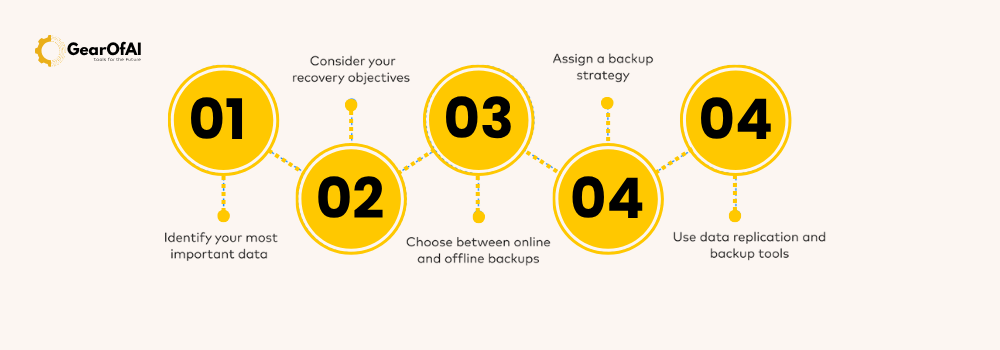
12. Monitor logs, activity and security alerts
Monitor who logs in and what changes happen.
- Use Activity Log plugins or Wordfence activity tools.
- Enable server logs and check them for anomalies.
- Configure alerts for file changes, new admin users, or login attempts.
Monitoring helps you detect attacks early as part of your plan for how to secure your WordPress site from hackers.
13. Secure database and change default table prefix
Use a strong database user password and avoid the default wp_ table prefix.
In wp-config.php you can set a custom prefix before installation:
$table_prefix = 'gfa_';
If WordPress is already installed, use a trusted plugin or carefully migrate tables. Securing the database reduces the chance of SQL injection attacks.
14. Add security headers
Use headers to improve security:
Add to .htaccess or server config:
# Prevent clickjacking
Header always append X-Frame-Options SAMEORIGIN
# Prevent MIME sniffing
Header set X-Content-Type-Options nosniff
# Enable XSS protection
Header set X-XSS-Protection "1; mode=block"
# Content Security Policy example (start conservative)
Header set Content-Security-Policy "default-src 'self'; img-src 'self' data:; script-src 'self' 'unsafe-inline' https://www.google-analytics.com"
Security headers defend against a variety of client-side attacks and are part of how to secure your WordPress site from hackers.

15. Scan for malware and remove unused components
- Run regular scans with Wordfence or Sucuri.
- Remove inactive themes and plugins.
- Replace abandoned plugins with actively maintained alternatives.
Attackers often hide in unused or vulnerable code. Removing unused items cuts risk.
16. Use CDN and performance optimizations
A CDN like Cloudflare not only improves speed but also adds a WAF to filter bad traffic. Caching reduces load which helps during attempted attacks.
Recommended configuration:
- Enable CDN.
- Use page caching plugin like WP Rocket or LiteSpeed Cache.
- Enable image optimization to reduce payload.
17. Educate admins and maintain processes
Human error causes many breaches. Train your team:
- Use role-based access control.
- Only give admin rights when required.
- Rotate passwords and audit accounts.
Clear processes make the difference in how to secure your WordPress site from hackers.
Website: gearofai.com
Contact: info@gearofai.com

